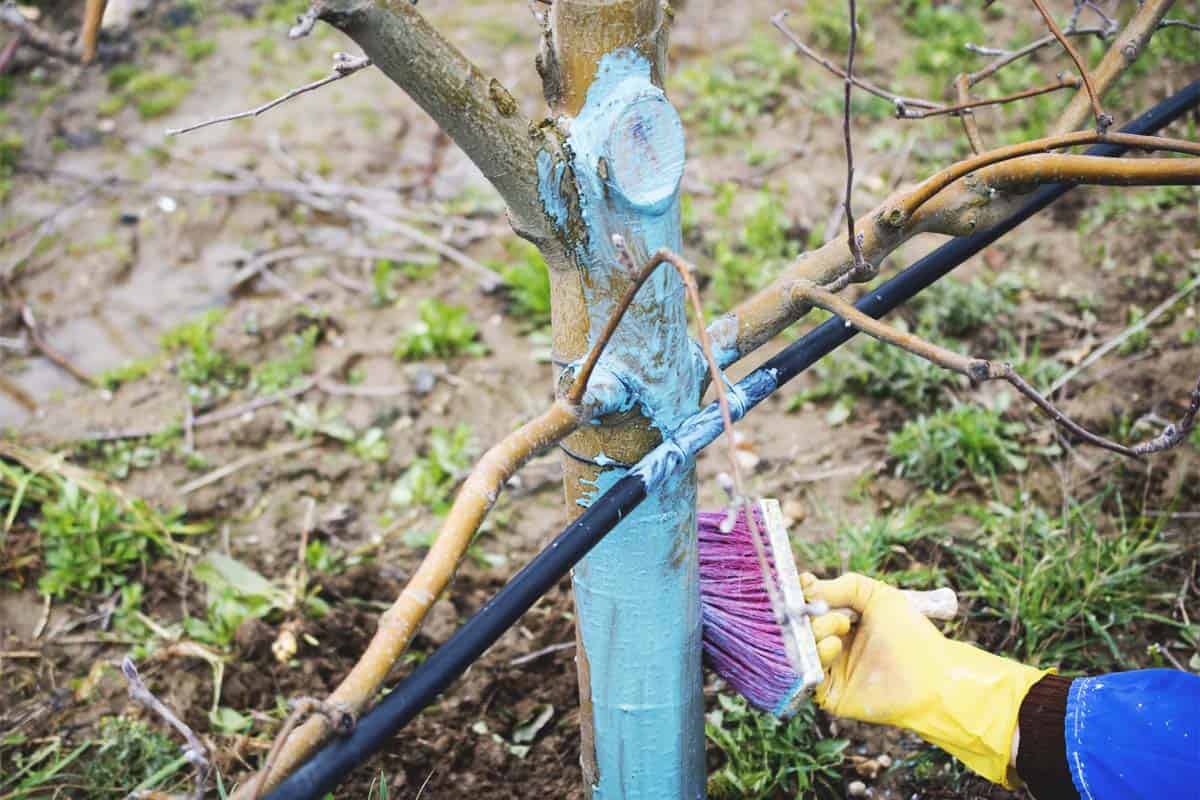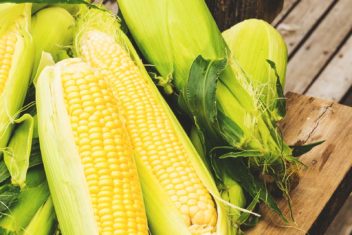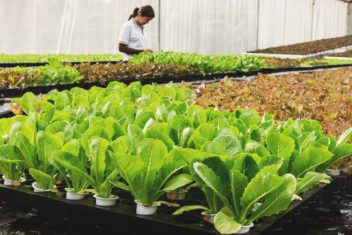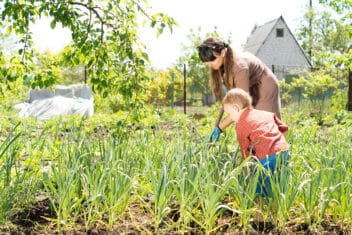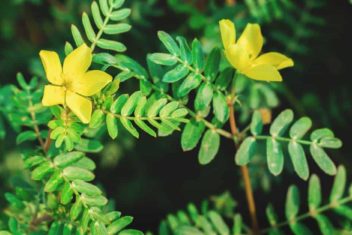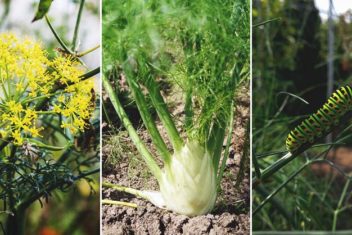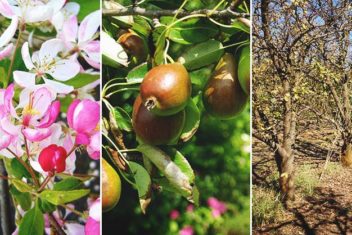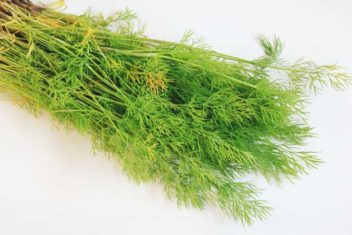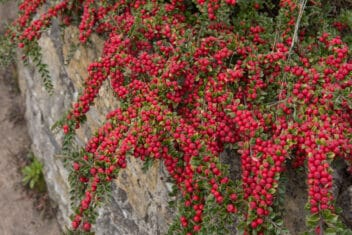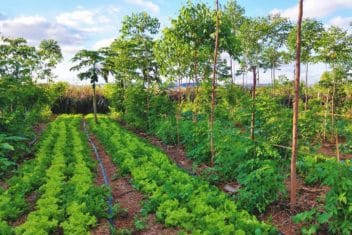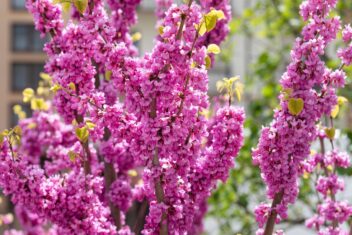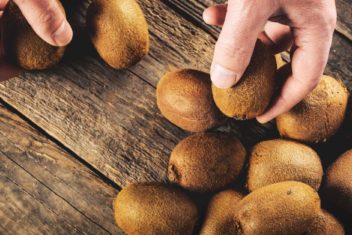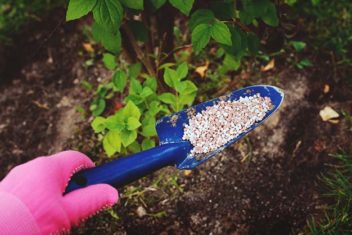Copper is an organic fungicide that can treat or prevent fungal disease on your plants.
Fungal diseases can be a real problem in some areas of the country, especially where it’s cold and wet. They can kill your plants and some of them are highly contagious.
That’s why any tool that can help in the fungus battle is welcome, in my book. Copper, the humble metal they used to make pennies out of, is extremely effective.
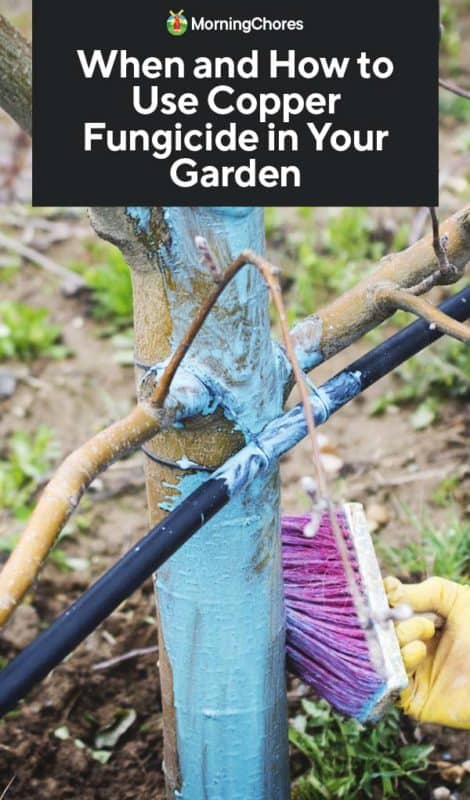
What Are Fungal Diseases?
Fungal diseases in plants can be among the worst problems for the home gardener and farmer. They’re caused by various fungi that travel in the air or live in the soil. Most of them are contagious.
These fungi enter your plants through the stomata (natural pores in the plant) or through a pruning cut or wound. They get into the plant’s cells and start to destroy the plants from the inside out.
One challenging thing about fungal diseases is that you can’t pick them off like you can a pest. There are no eggs or larvae to signal a problem is looming. Sometimes they can consume your plant quickly.
That’s why it’s so important to be able to identify different fungal diseases and have a solution ready to go.
We’ve provided some prevention tips below to help you avoid the diseases in the first place, but if that fails, we’ll teach you how and when to use a copper fungicide.
Most Common Fungal Diseases
Before you can start attacking your disease problem, you need to know what you’re dealing with. Here are the most common fungus diseases you’ll encounter in the garden.
Blight
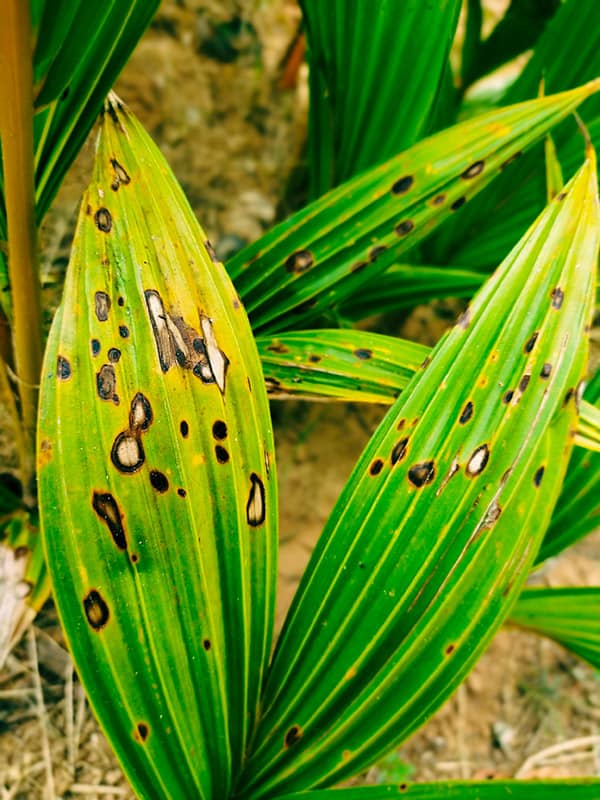
There are several types of blight that are common on tomatoes and peppers. Early blight usually hits in spring and thrives in wet weather. It starts off as brown spots with a distinctive “bull’s eye” pattern. Leaves then turn yellow and die.
Late blight is the most severe and can decimate a crop. It comes from the organism Phytophthora, which in Latin roughly translates to mean “plant destroyer.” Yikes!
Late blight starts as a bluish-grey blotch which then darkens, destroying leaves and fruits. The spores are carried by the wind and the disease spreads quickly.
Downy Mildew
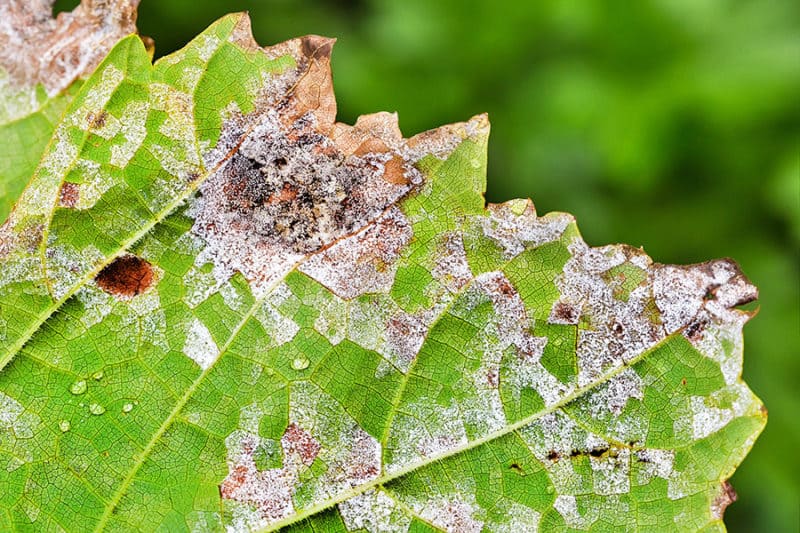
Many fungus diseases occur in late summer. However, downy mildew is a spring problem and can stunt the growth of new plants. Grey or white “fuzz” will occur on the undersides of leaves.
Downy mildew is caused by the parasite organisms Peronospora or Plasmopara. It’s actually not a true fungal disease, although it’s often lumped in that category. Luckily, copper works on it as well.
Fireblight
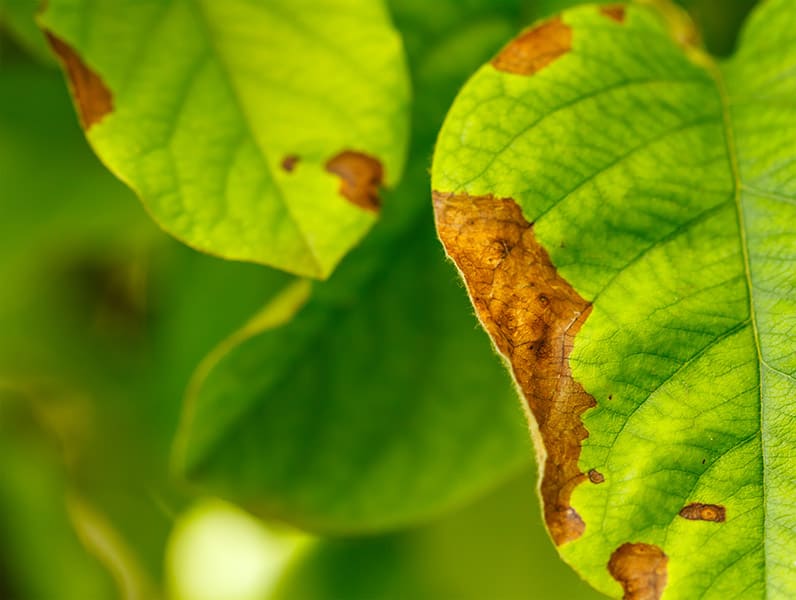
Fireblight is another disease actually caused by a bacteria, in this case Erwinia amylovora, but it’s often put in the fungus category because it has similar symptoms and treatments. It can affect all plants, but it’s particularly devastating in orchards.
The best prevention is to buy resistant varieties. For example, I love honey crisp apples, but in my Kentucky orchard, I am prone to fireblight and have not been able to raise the susceptible variety. Instead, I have been successful with varieties such as Liberty and Winesap.
Powdery Mildew
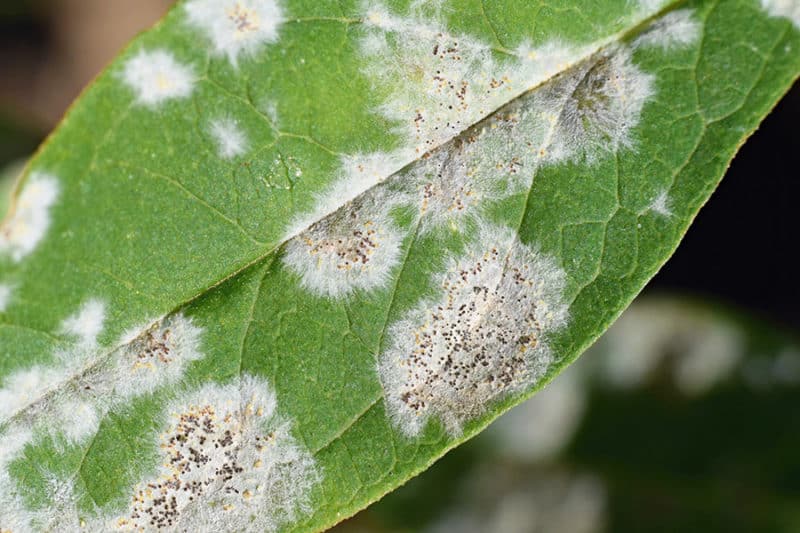
Downy mildew and powdery mildew have similar names but are very different problems.
A white grey appears on the plant leaves with this common fungus. This occurs when there’s high humidity. It can block the plant from photosynthesizing and causes leaves to yellow and die.
Light cases of powdery mildew may be lessoned with an application of hydrogen peroxide. Use nine parts water to one part of hydrogen peroxide. Spray this solution on the plants one time per week.
If that fails, break out the copper.
Rusts
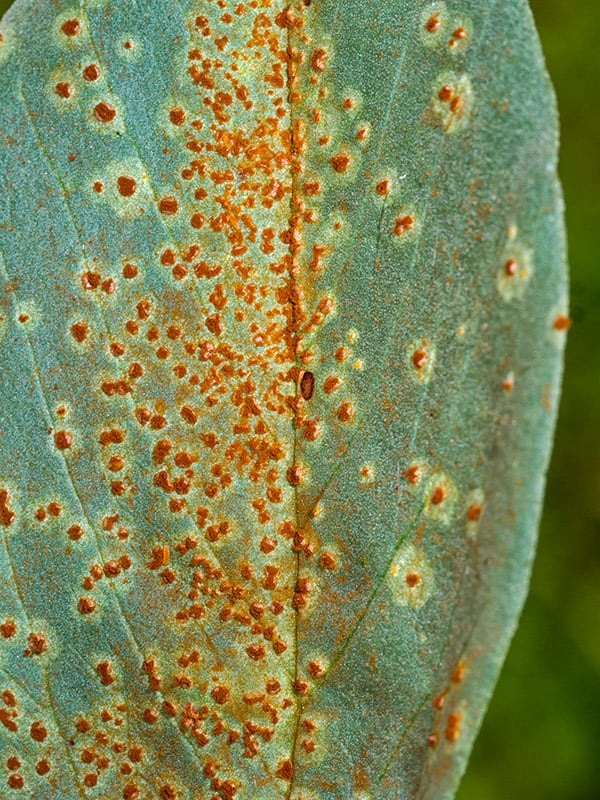
There are several kinds of rust that often affect corn and beans. They’re spread by wind and favor high humidity but cool, mild temperatures.
Small, reddish-brown eruptions form on the underside of the leaves and the fruit. It looks like a bad case of freckles.
Septoria Leaf Spot
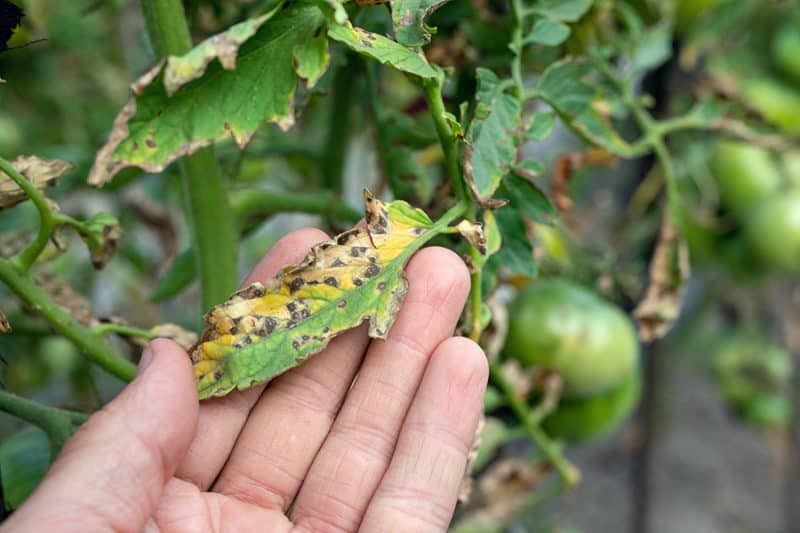
This fungus shows up as brown spots and primarily affects tomatoes. It can occur at any stage in the plant’s life.
How Does Copper Work On Fungus
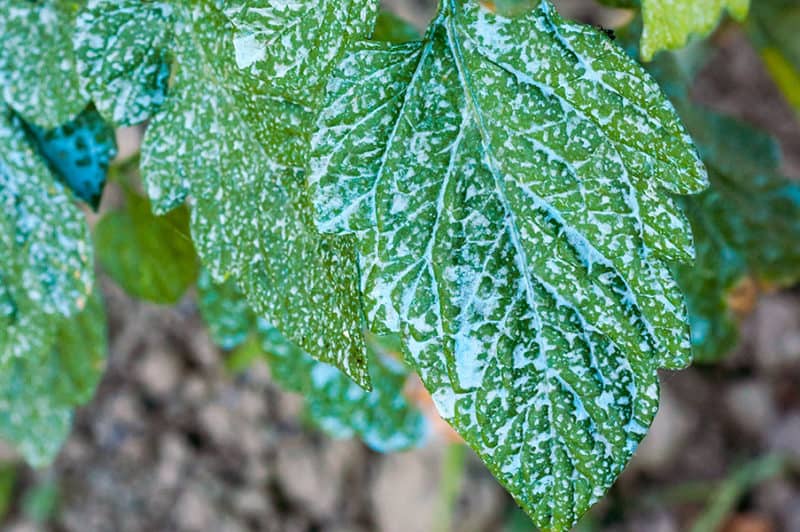
Copper’s a metal and, when put in a liquid state, can be sprayed or wiped on plants. The copper penetrates the leaves of the plant and can kill harmful organisms such as funguses.
There are many types of copper products that you can choose from.
Copper sulfate, which is sometimes referred to as bluestone, was one of the first types of copper used as a fungicide.
Bordeaux is a combination of copper sulfate with calcium hydroxide or lime. The lime works to balance the acid in the copper sulfate. This makes it safer and helps to reduce plant damage.
Bordeaux mix has been around for a long time and works on both fungal and bacterial issues. The lime works to adhere the mixture to the plant so it lasts longer.
How To Use Copper Products
Copper can be used both as a treatment for when you already have a disease and as a preventative if you’ve struggled with a disease in the past. You can also spray copper on plants that are near diseased plants as a preventative.
Most of the time, copper fungicide is applied as a spray, but it can also be applied as a paste. This is particularly common in orchards.

Copper is powerful, so it needs to be used with caution.
- Always, always, always, follow the manufacturer’s recommendations. In this case, more is not better.
- Follow the recommended temperature and weather limits during the application.
- Mix copper exactly using the stated ratio.
- Make sure that the product you have is right for the type of plant you want to treat.
- Follow frequency requirements and reapply according to the direction.
Always buy copper in its original container and not loose at a feed store.
I can’t tell you how important this is. Several years ago one of my farmer friends learned this lesson the hard way. After recognizing blight on her tomatoes she went to the feed store to buy some copper to combat the disease.
The feed store measured it out and wrote instructions for her on a paper bag. She went home and mixed the product and sprayed her half-acre patch of tomatoes.
Every single plant died!! She had an extension agent come and it was determined that the mixture they gave her was four times too strong.
Not only did the plants die, but she also couldn’t use that area of the garden for some time due to copper in the soil.
Protecting Yourself
We have talked about taking precautions to protect your plants from too much copper, but we also need to talk about protecting yourself.
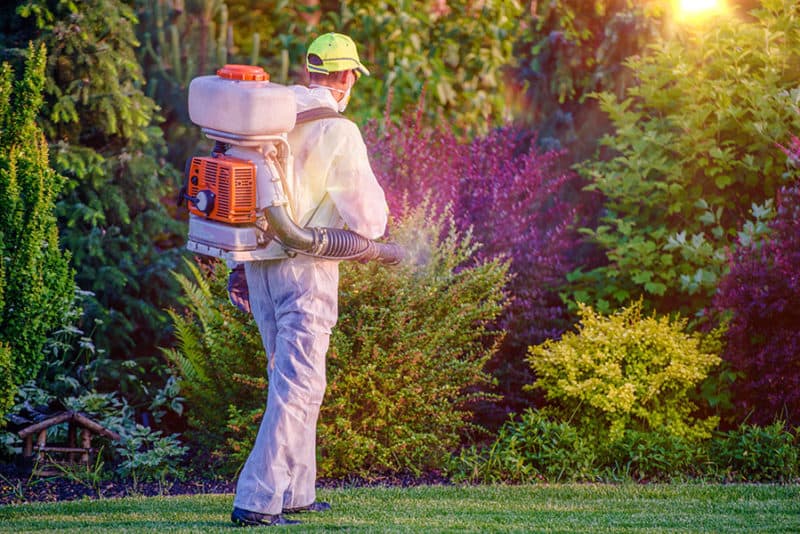
The package will give you advice on covering your face and body to protect your self from drift while spraying or dusting your plants. Take these guidelines seriously.
You should wear a mask to protect your mouth and nose. Wear goggles to protect your eyes and wear a long-sleeved shirt and pants.
When you are done treating your plants remove your clothing, place in the laundry and take a shower.
Tips to Prevent Fungus
Copper’s an OMRI-listed organic fungicide. That doesn’t mean its safe for all situations. Copper’s a strong fungicide. Using it appropriately is important.
When you can, you should always try to avoid getting fungus in the first place so you don’t have to turn to the big guns. Here are some tips:
Prevention
Garden management is your first go-to.
- Identify what plants grow well in your climate and region. Those plants will be well adapted and healthier.
- Give your plants the right amount of space so that air can flow in between them.
- Don’t use overhead sprinklers, which can help transmit fungal disease. Use drip irrigation, or water at ground level.
- Prune out infected leaves at the first sign of an issue.
- Plant varieties resistant to fungus diseases common in your area. Many seed catalogs list the disease resistance of vegetables especially susceptible plants like tomatoes and peppers.
- Fall clean up is important. Organisms such as downy mildew can overwinter in decayed plant material
- Rotate your crops. Never place plants in the same family in the same spot for three years.
- When you have a disease or pest, it’s vital to identify it properly. Your local extension office can help with this. You don’t want to treat for rust when you actually have aphids.
Copper and Soil and Plant Health
Another reason to use copper carefully is so that the excess won’t break down in your garden soil. Copper accumulates in the soil and can reach harmful levels in one season if you use it a lot.
Young plants and leaves can be sensitive to copper and caution should be used when spraying them. With young plants, you can dilute the mixture to half strength.
Young leaves and flowers on fruit trees can be damaged from copper sprays. Purdue University recommends using a copper-based solution on trees at bud break to curtail fireblight.
One of the formulas that Purdue University Extension recommends is the 4-4-50 formulation. The formula (like an NPK reading) tells you what’s in the mixture.
The first number – in this case, 4 – is the number of pounds of copper sulfate. The second number is for pounds of lime. The number 50 tells you the gallons of water. This is to help keep the mixture at a safe balance for you and your plants.
Find the Right Balance
It’s always a balancing act when trying to decide whether to use a strong fungicide such as copper. Practice good management and prevention to reduce your likelihood of having fungal diseases hit your garden.
When copper is needed to control a problem, make sure to follow the manufacturer’s directions. This will make your application safe and successful.
Have you ever had to use copper to tackle a fungus issue? How did it work? Let us know in the comments.
